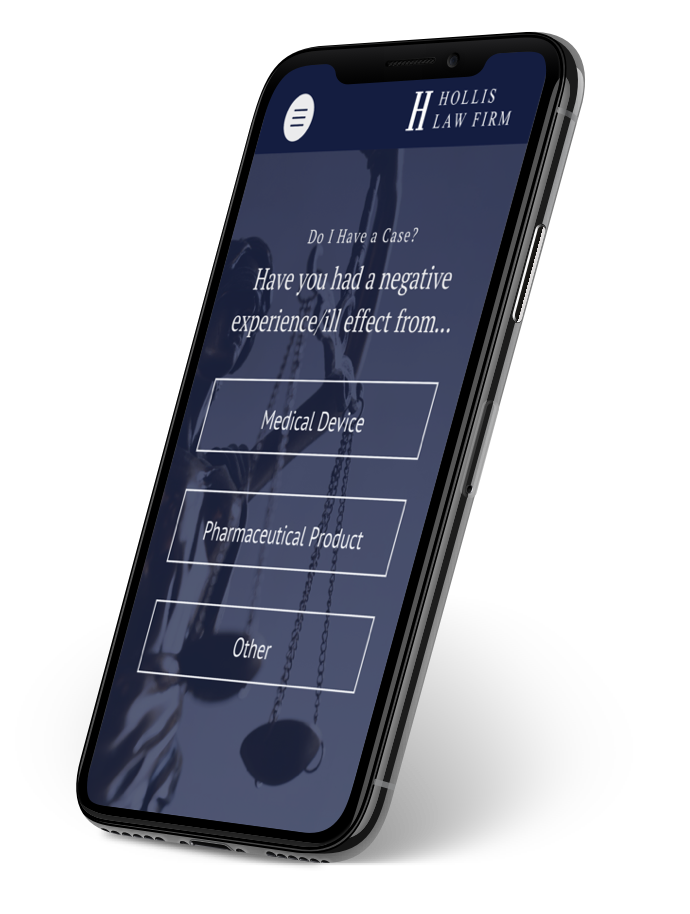Looking for representation in the Paragard lawsuit? Our experience, expertise, and resources make Hollis Law the ideal partner.
Have you experience severe damage or side effects due to a broken Paragard IUD? You are not alone. Contact the Hollis Law Firm and let us help.
Introduction
Paragard IUD is a 100% hormone free contraceptive device composed of polyethylene wrapped in a thin layer of copper wire. It is the only non-hormonal intrauterine device available in the United States and offers long-term birth control for women. In 1984, Paragard was first approved by the FDA in 1984 and was later approved in 1994 for continuous use up to 10 years, although no material changes were made to the product during that time. The device is implanted into the uterus by a healthcare provider and works by producing an inflammatory reaction to prevent pregnancy. Paragard is marketed as a reversible birth control device that can be easily removed by a physician at any time. The FDA continues to approve this allegedly faulty product, which benefits the medical device manufacturers and hurts the general public, specifically women of childbearing age.
Device Defects
Recent studies have reported complications and injuries caused by device failure well before its lifespan is expected to end. Doctors and patients have found the Paragard IUD to become less flexible over time, causing the arm(s) of the T-shaped device to frequently break during routine removal. There have also been reports of the IUD breaking on its own prior to removal. The broken fragment(s) may migrate throughout the uterus, causing damage to the uterine wall and nearby organs. Although the device is intended to be easily removed, arm breakage can lead to invasive surgery to retain the broken fragment. Common invasive removal options include hysteroscopy, laparoscopy, and laparotomy. In serious cases, a full hysterectomy is required to repair damage caused by the defective IUD.
Paragard Injuries
The allegedly defective Paragard device may cause various injuries and complications for patients. The potential injuries caused by the broken fragment include embedment into the uterine wall, perforation of the uterus and other organs, and adverse effects to reproductive health. Pregnancy complications may increase, and a Cesarean section procedure may be required if the IUD fragment remains in the body when a woman becomes pregnant. While this is a less common complication, the risk is present. In more extreme cases, damage caused by the defective device may lead to invasive surgeries and loss of reproductive health. Other injuries related to Paragard defects include:
- Migration of device leading to organ damage
- Device breakage during surgical procedures
- Inflammation and injury from copper left in the body
- Internal scarring within the uterus
Paragard Lawsuit
Call the Hollis Law Firm at 1-800-701-3672 or 913-385-5400 if you or a loved one has suffered from injuries or complications related to Paragard device breakage. All calls and case evaluations are free and carry no obligation. The Hollis Law Firm works on cases on a contingent fee basis, which means we do not get paid if you do not get paid. Call 1-800-701-3672 to speak to one of our trained intake specialists so that your potential claim can be reviewed by an attorney at the Hollis Law Firm. The injuries and damages caused by Paragard IUD will not be uniform; therefore, claims will need to proceed on an individual basis and not as part of a class action.
Do I Have a Case?
Give us a few details about your concerns and our case tool will help you get the answers you need.










